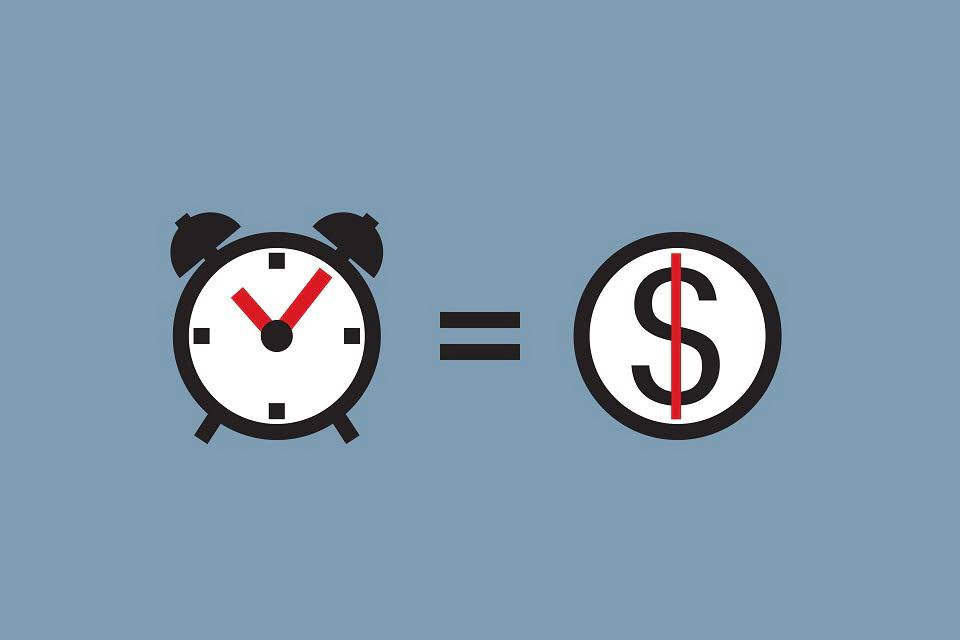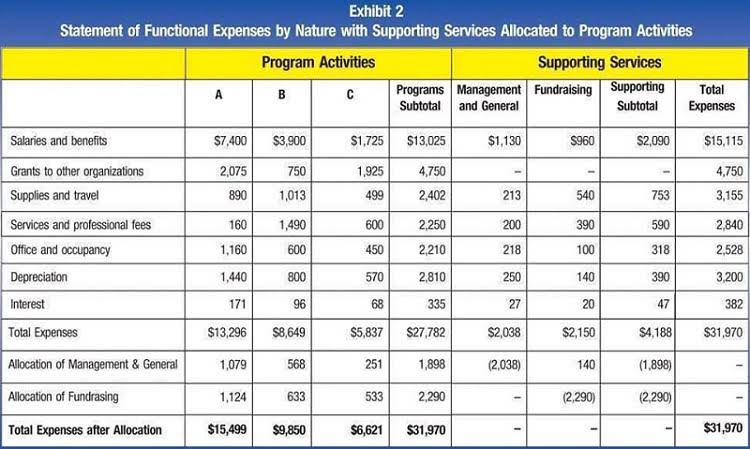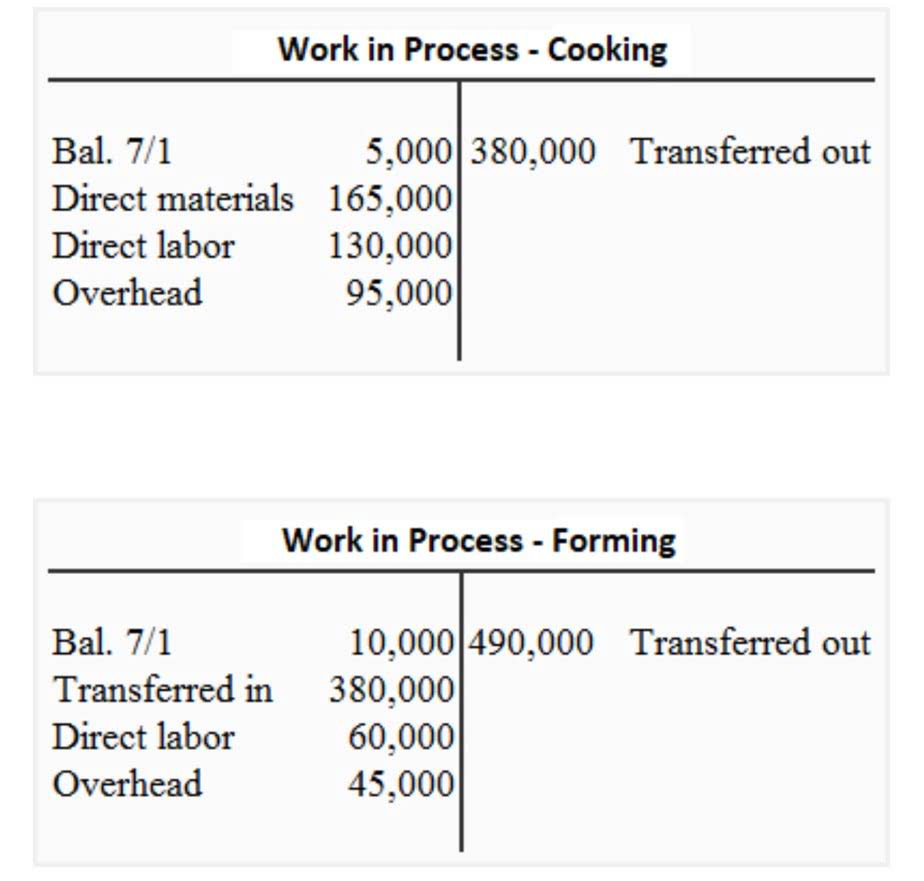
The ROI formula does not present the number of risks involved in getting a profit from an investment. This means that an investor may accrue a much different ROI than he had previously expected if he doesn’t take the risk factor into account. Knowing the exact value an investment generates for you allows you to determine future investments.
What is a good ROI? Interpreting your results
Simply take out the interest on a margin loan (financial leverage) and consider the initial investment as $10,000. For example, let us make bookkeeping use of a case where James funds investment in 1000 shares worth $10 each with a 50% margin (financial leverage of $5,000 and a 10% annual interest on the loan). In the same timeframe, he earned dividends of $500 and spent a total of $125 on trading commissions.
How is ROI Used in Decision-Making in Accounting?
Include interest costs, transaction fees, and possible exit penalties in your calculation. In any ROI analysis involving leverage, comparing both scenarios, cash-only versus financed, is essential to fully understand how borrowed capital affects your returns. An investor needs to consider the true ROI, which accounts for all possible costs incurred when an investment increases in value. While the ratio is often very useful, the return on investment formula has some limitations that are important to know.
- Setting aside a percentage of gross rental income as a vacancy reserve ensures financial stability.
- Calculate the return on investment (ROI) of an investment center which had operating income of $500,000 and operating assets of $2,500,000.
- Use the formula below, plugging in the number of years you’ve held the investment for the variable n.
- It’s possible that the 25% ROI from investment X was generated over five years and the 15% ROI from investment Y was generated in only one year.
- Opportunity cost refers to the potential benefits foregone by choosing one investment option over another.
Calculation of ROI: Example 2

Finally, to estimate the Total Return on Investment, assume the property appreciated by $12,000 over the year and the loan principal was reduced by $2,000. Summing the annual cash flow ($6,000), appreciation ($12,000), and principal reduction ($2,000) gives a total gain of $20,000. Dividing this total gain by the initial cash investment ($84,000) results in a Total ROI of approximately 23.81%. This calculation reflects the overall financial benefit, encompassing both cash income and equity growth.
- These articles and related content is not a substitute for the guidance of a lawyer (and especially for questions related to GDPR), tax, or compliance professional.
- Remember that maintenance costs typically run 1-2% of your property’s value annually.
- But if other opportunities with higher ROIs are available, these signals can help investors eliminate or select the best options.
- Investors estimate a vacancy rate based on historical data and local market trends.
- As you can see, the ROI formula is very simplistic and broadly defined.
- Aligning the time frame with reporting periods is essential for informed decisions.
- Now that you know that there isn’t a standard equation, let’s look at a basic version without getting into cost and revenue segments.
- ARR is perfect for quick comparisons when you’re deciding between two or more projects.
- For real estate investors, calculating ROI is a crucial step in assessing a property’s potential success, providing a clear picture of how well an investment performs over time.
- Whether you’re a financial professional, business owner, or investor, understanding ROI is essential for evaluating the profitability and efficiency of investments.
- In the event where an investor invests $5,000 to purchase furniture but gets $4,000 after the sale of the furniture, here is what the ROI would be.
- Investors can use it to measure the performance of their stock and individuals can use it to measure their return on assets like their homes.
Each metric provides a different perspective on the investment’s profitability, liquidity, and risk, allowing investors to make more informed decisions. In conclusion, while ARR is a useful metric for evaluating investment opportunities, it is essential to be aware of its limitations. Next, estimate the expected annual cash inflows generated by the investment. These inflows can include revenues, cost savings, or any other financial benefits resulting from the investment.
How NYC Business Owners Can Stay IRS-Compliant with Organized Books
Operating costs encompass all expenses what is return on investment needed to maintain a property and attract tenants. These include property management fees, maintenance, repairs, insurance, property taxes, and utilities. Accurately estimating these costs requires evaluating the property’s condition and accounting for unexpected repairs.
Annualized ROI Formula

One such metric is the Accounting Rate of return (ARR), which helps determine the profitability of an investment over its useful life. Calculating ARR involves a straightforward process that can be broken down into several steps. In this section, we will guide you through each step, providing examples, tips, and case studies along the way. How you evaluate an ROI figure in the long run depends heavily on the sector in which the company is active or makes investments.

What Is ROI in Simple Terms?

Meanwhile, companies in other sectors, such as energy companies and utilities, generated much lower ROIs and, in some cases, faced losses year-over-year. Over time, it is normal for the average ROI of an industry to shift due to factors such as increased competition, technological changes, and shifts in consumer preferences. ROI can be used in conjunction with the rate of return (RoR), which takes into account a project’s https://realhydraulics.in/bookkeeping/what-is-an-invoice-number-how-to-assign-examples/ time frame. One may also use net present value (NPV), which accounts for differences in the value of money over time due to inflation. The application of NPV when calculating the RoR is often called the real rate of return. Understanding the key components of ROI—net gain, initial investment, and time frame—is crucial for accurately evaluating an investment’s profitability.
